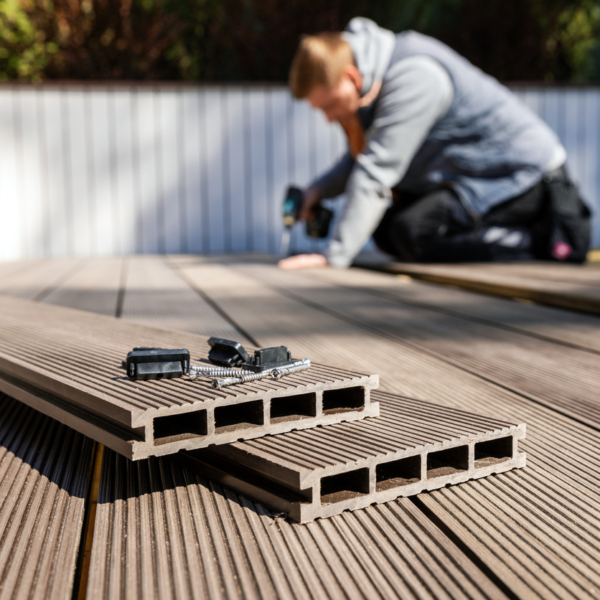| Published on
If you’ve considered slathering your walls in limewash for added visual interest and texture, you’re not alone. Although this trend has recently gained popularity, it dates back thousands of years.
“Limewash is not new – it’s actually one of the oldest paints known to man, dating back to the Egyptian Pharaohs,” said Hanin Smith, Principal Designer and Owner of HIDE Studio Interiors based in San Diego. “It’s made of natural minerals and because it has a high PH, it was used as a protective coating that is water-resistant and has antifungal properties, so it is highly durable and functional.”
Smith also adds that limewash can give the wall a chalky, earthy look that complements today’s modern organic style.

What’s in Limewash?
Limewash is textured paint composed of water, crushed limestone, and natural pigments. “One of the main appeals of limewash is its environmentally friendly and health-conscious properties,” said Alex Barrantes of Alex Painting Services in Montclair, New Jersey. “It has low to no volatile organic compounds (VOCs), making it safe for use in interior spaces, particularly in areas like nurseries or bedrooms. Additionally, limewash has antimicrobial qualities that can help prevent mold and rust, as well as regulate humidity.”
How to Apply Limewash
Limewash is an inexpensive project that you can do yourself. To make sure you get it right, we interviewed painters and interior designers for their best tips on using limewash.
Do – Apply to Clean Porous Surfaces and Prime Previously Painted Surfaces
Limewash can be applied to porous surfaces, including drywall, brick, cement, and stucco. However, surfaces need to be cleaned and free from grease before application.
If the area you’re limewashing has been previously painted, use a water-based acrylic primer before adding limewash.
Don’t – Add Water Directly to the Limewash
Mixing limewash with water can lighten the look. However, it’s easy to get heavy-handed and add too much water, ruining your paint. Instead, keep a bucket of water beside you and dip your paintbrush in the water and then in limewash.
Do – Apply Several Thin Coats
Thick coats of limewash will dry to a chalky mess that can flake off. New limewash applications require four coats with 24 drying times in between each coat. You must dampen the area you’re painting before adding a layer of limewash. Use a flat brush or large masonry brush for the best results.
According to Barrantes, limewashing is not a job to rush through. It can be labor intensive and will take several days to complete as you wait for each coat to completely dry.
Don’t – Use Regular Brush Strokes
One key element to achieving the classic limewash look lies in the brush stroke. The most common brushstroke application is an “X,” although there are more you can choose from. Other options include vertical, horizontal, or random. Research before you start to ensure you achieve the pattern you’re after.
Do – Fully Coat a Room Before Taking a Break
Limwash dries quickly and splotchy, especially the first couple of coats. Don’t start limewashing a room unless you have time to equally coat the walls before taking a break to let it dry. Working on half of a room and finishing the other half later may lead to an uneven-looking finish.
Don’t – Apply Limewash to Humid Rooms
Limewash and excess humidity don’t mix. While you can add a sealant to protect the limewash, it may detract from its organic feel. Because of this, consider avoiding limewash in kitchens, bathrooms, and other spaces with excess moisture or high humidity levels.


